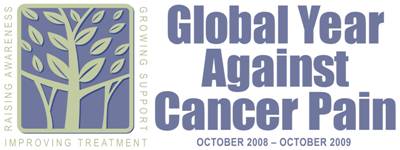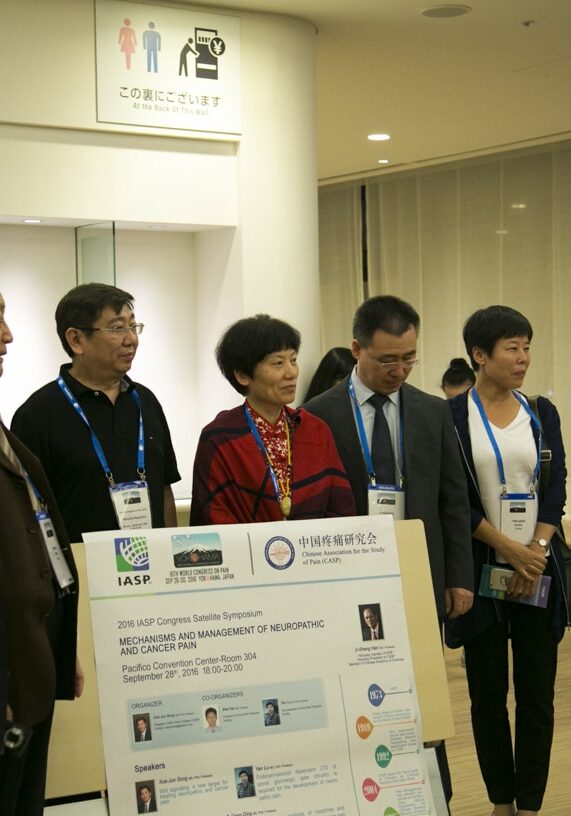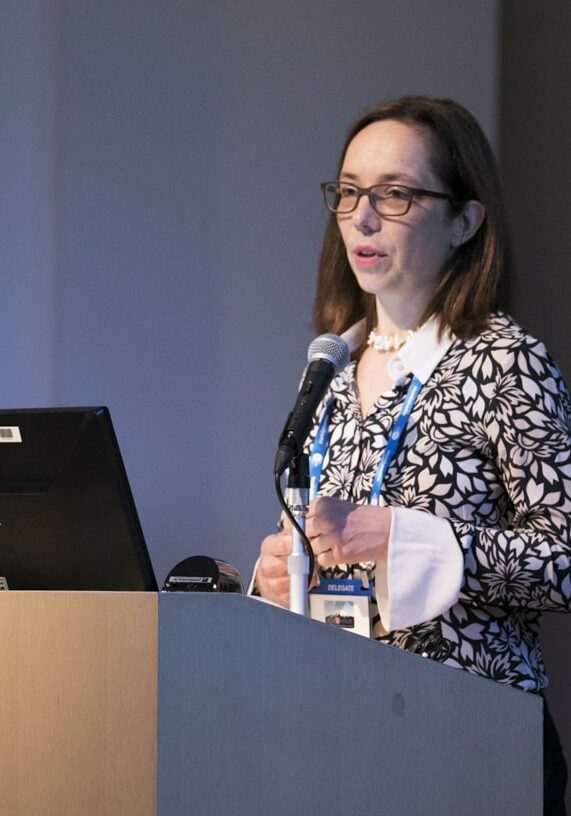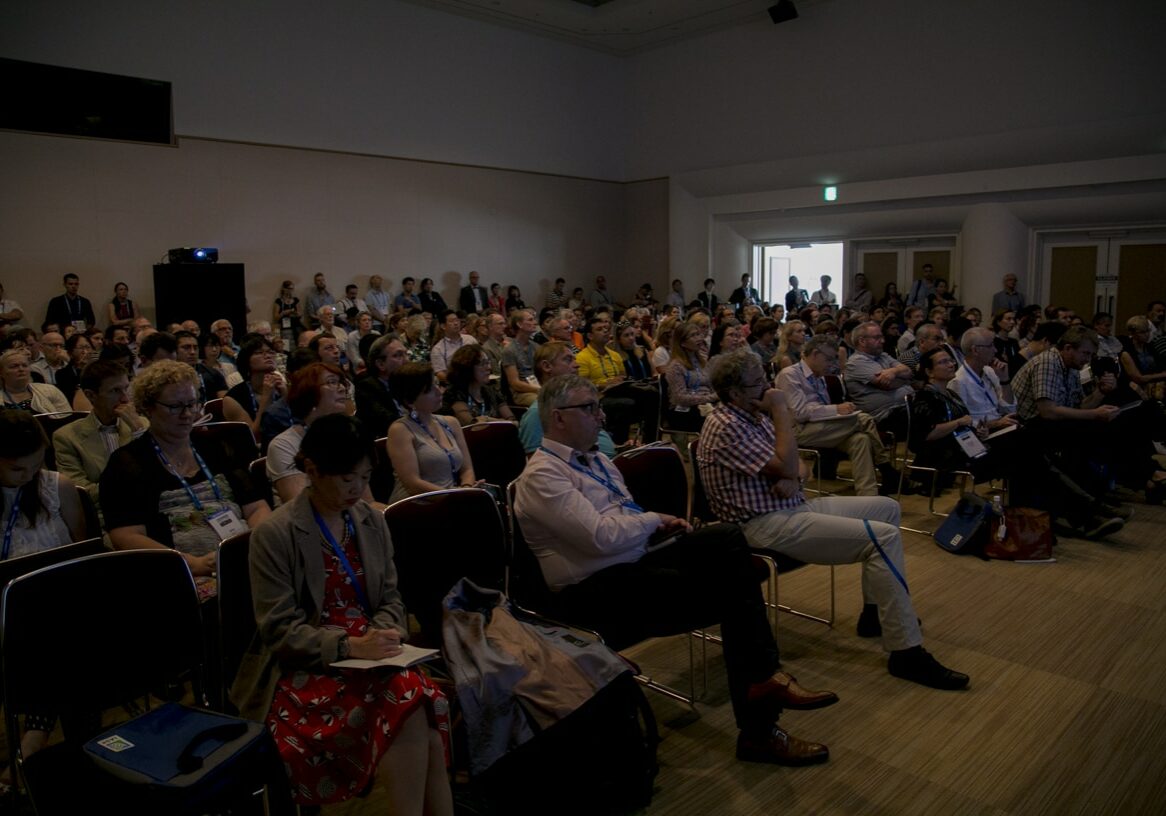Overview
About this Global Year Campaign
For the more than 10 million people worldwide who are diagnosed with some form of cancer each year, pain associated with their condition is a serious concern. Although pain is not necessarily inevitable for everyone with cancer, it is common.
- Approximately one-third of adults who are actively receiving treatment for cancer and two-thirds of those with advanced malignant disease experience pain.
- Children with cancer have similar pain experiences.
- While increasing numbers of medical professionals and governments are beginning to place more attention on the pain suffered by long-term survivors of cancer, much more research is needed.
Cancer Pain Issues
Barriers to effective pain treatment

Although many types of cancer can be diagnosed and treated early, and more patients are being cured every year, statistics show that far too many cancer patients experience cancer-related pain. There are several reasons behind this problem. Most notably, patients are often denied sufficient pain medication due to opiophobia (fear of opioids) among doctors, nurses, patients, and family members. Governmental restrictions on pain medication, as well as patients’ financial limitations, can also affect an individual’s access to effective pain medications, including opioids.
In addition, as increasing numbers of cancer patients survive, a variety of treatment-related chronic pain issues has surfaced, including:
- Post-surgery pain
- Chemotherapy-induced neuropathic pain
- Anti-estrogen therapy-related musculoskeletal pain
- Radiotherapy-induced pain

Factors affecting cancer pain
For many patients around the world, cancer remains a terrifying disease that often produces uncertainties and losses not only for the patient, but for his or her loved ones as well. We know that several factors can directly impact the ability to control a patient’s pain, such as:
- Emotions, including anxiety and depression
- Cognition, such as a person’s confidence in his or her ability to cope with pain, pain catastrophizing, and hopelessness
- Social context, including the support a patient receives from his or her partner or family
These factors, along with the physical, tissue, and nerve-injury-related components of pain, are all core contributors to cancer pain. Once we gain a better understanding of the neurophysiological basis of how psychosocial processes modulate pain, we will be better positioned to treat and manage the pain more effectively. Moreover, this enhanced understanding will enable us to identify psychosocial interventions that can further reduce the pain and suffering associated with cancer pain.
Additional Resources
By providing free factsheets, publications, and more, we hope this campaign helps lead to better patient outcomes, and contribute towards IASP's vision of global pain relief.
Other Associations and Organizations
Global Year Fact Sheets
Global Year Fact Sheets
The International Association for the Study of Pain is happy to provide access to this year's Global Year fact sheets. Please contact us to inquire.

PREVIOUS GLOBAL YEARS

Previous Global Years
Access previous global year campaigns and relevant fact sheets, interviews, and more resources.

